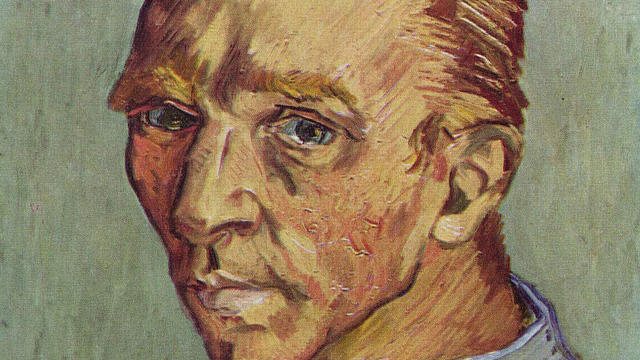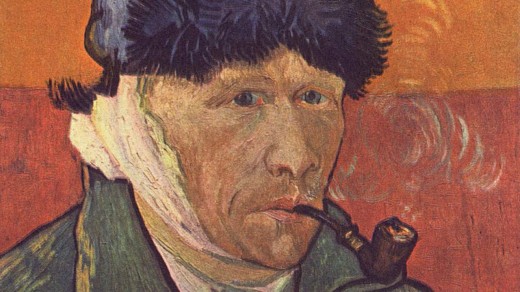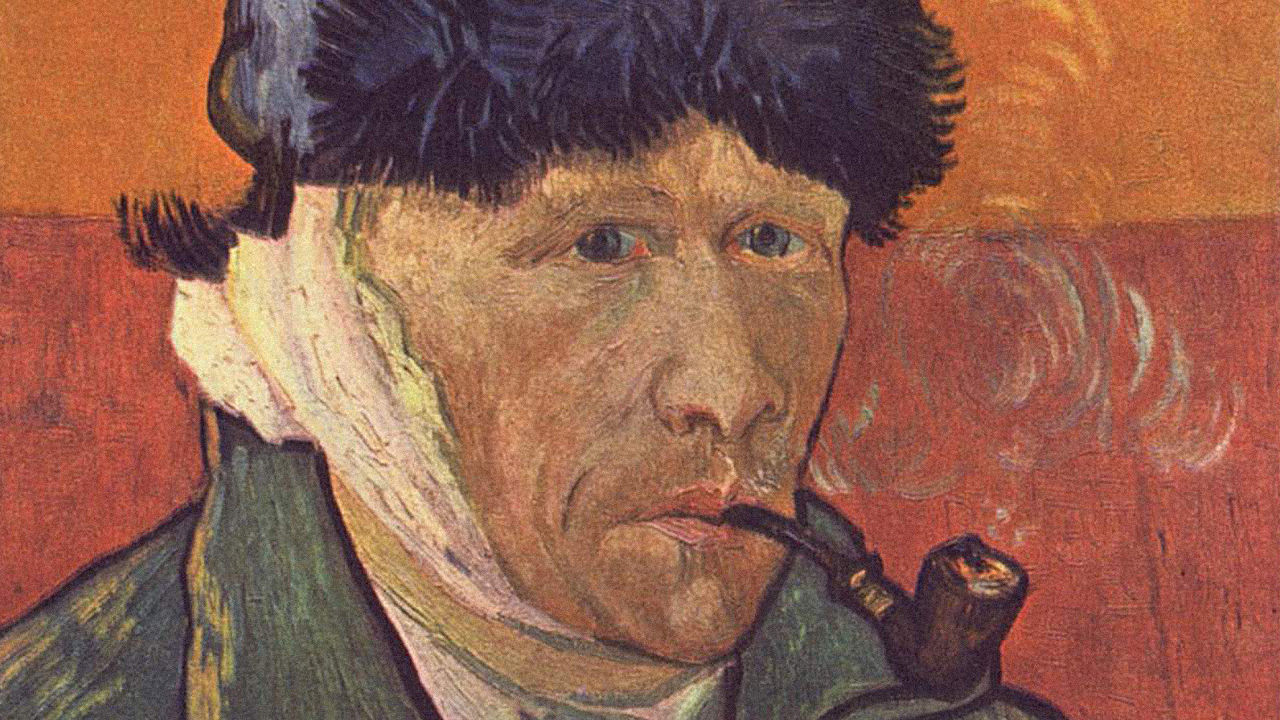How Impulsiveness Can enhance Your Creativity
the important thing may just lie in a perception that reasonably bad characteristics have silver linings.
February 18, 2015
everybody who’s ever ready for a job interview knows how you can flip a personal weak point into a personality potential. The flipside of being a bit of cussed may well be extra persistence. somewhat of impatience, correctly directed, fuels a way of urgency. Shyness is usually a problem, but modesty is a virtue. And let’s be trustworthy: what some folks would call a pessimistic mind-set might easily be viewed as a realistic one.
New research suggests these positive perspectives may serve a better objective than just profitable over employers or comforting our vainness. a group of psychologists recently discovered that individuals who believed impulsiveness had a potential merit in creativity in truth scored higher on ingenious duties. The work, led with the aid of Alexandra Wesnousky of recent York college, suggests extra extensively that religion in the positive side of a negative trait—a “silver lining theory”—would possibly lend a hand it shine via.
“A silver lining conception is a lay concept through which a person believes that a bad attribute is expounded to a good attribute,” the researchers write in Journal of Experimental Social Psychology. “the current analysis shows that this type of lay theory is widespread, and results in elevated effort-based efficiency in the domain of the sure attribute.”
In a preliminary check, Wesnousky and collaborators discovered that more than ninety% of persons are inclined to peer some form of sure attribute related to a typically poor trait. Subsequent experiments desirous about the concept there may well be a silver lining to being impulsive—in the type of being more inventive. As different analysis has proven, a scarcity of inhibition can free a mind to imagine new and odd ideas.

These practice-up experiments started with the researchers issuing check participants a standard impulsiveness survey. in a while, some participants have been informed they’d scored very excessive on the survey—suggesting they have been impulsive people. Others had been told they’d scored very low.
subsequent the researchers led some check members to consider that impulsivity had a silver lining of creativity. These contributors learn a faux new articles that stated scientific proof to fortify the impulsive-inventive connection. different individuals, in the meantime, read a fake information article refuting that link.
remaining, the test members all achieved an “alternative makes use of” task—a regular measure of creativity that asks individuals to record novel makes use of of common objects. The researchers concerned with how many various makes use of each and every participant generated in a given time window.
In two separate experiments with totally different samples—one conducted with a university-aged crowd and another performed on-line with an older bunch—the researchers found measurable improve for “silver lining” creativity. participants in the impulsive team who read about its silver lining scored better on the choice uses activity than individuals who didn’t. The non-impulsive individuals confirmed no statistically significant difference on the inventive measure, whether or not they believed within the silver lining or now not.
simply put, folks led to assume each that they were impulsive and that impulsiveness might lead to creativity noticed this silver lining fulfilled.

a 3rd take a look at, in which all of the contributors have been instructed they have been impulsive, demonstrated the implications of the first two. those ended in imagine in a silver lining of creativity produced extra different makes use of than a neutral keep watch over group of participants. Likewise, these ended in doubt any silver lining produced fewer than the control.
Wesnousky and firm suspect the reason for the silver lining impact comes right down to effort. simply as Van Gogh once wrote that struggling a manic attack “spurs me on to work and to seriousness,” others who imagine in a connection between impulsive habits and creativity might see the negative trait as a gateway to the sure one. In other phrases, these two associated characteristics don’t just offset; rather, the one perceived as weaker could inspire pursuit of the one considered as stronger.

“Such theories could also be used to atone for unwanted behavior within the domain of the terrible attribute via investing effort in the related certain attribute,” the researchers conclude.
The learn about includes some noteworthy negatives of its personal. Any research that relies on the alternative makes use of activity must well known its key obstacle: just because a use is novel doesn’t essentially make it creative. (And the researchers serious about quantity of alternative uses, rather than quality, elevating further questions on their creative benefit.) The conclusions would also be way more defensible if take a look at contributors had been legitimately impulsive fairly than manipulated to feel this manner.
So there is work left to do to validate this hyperlink. but when the silver lining theory is proper, then recognizing these initial weaknesses must make for more suitable proof to come.
[All pictures (except in any other case referred to): by means of Wiki Commons]
(93)














